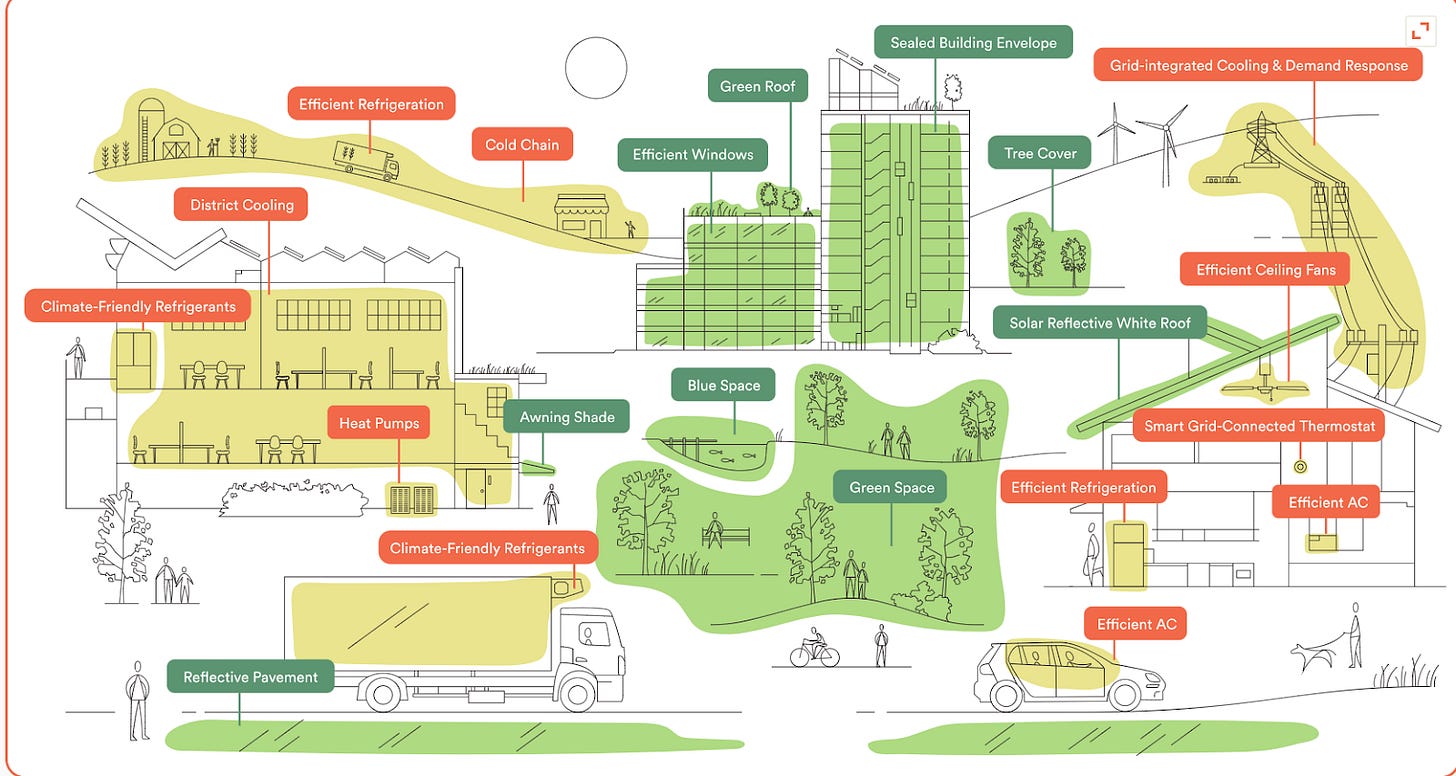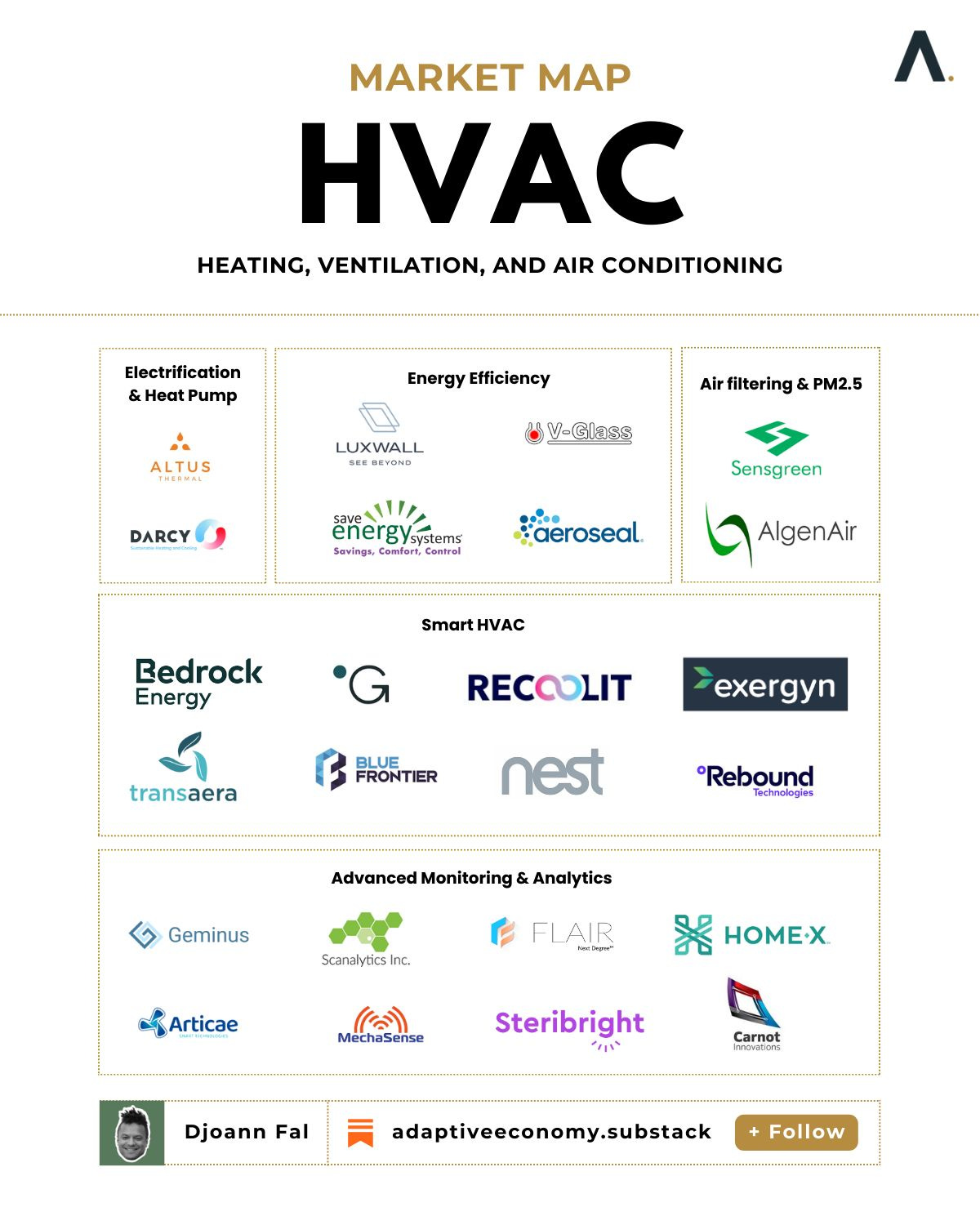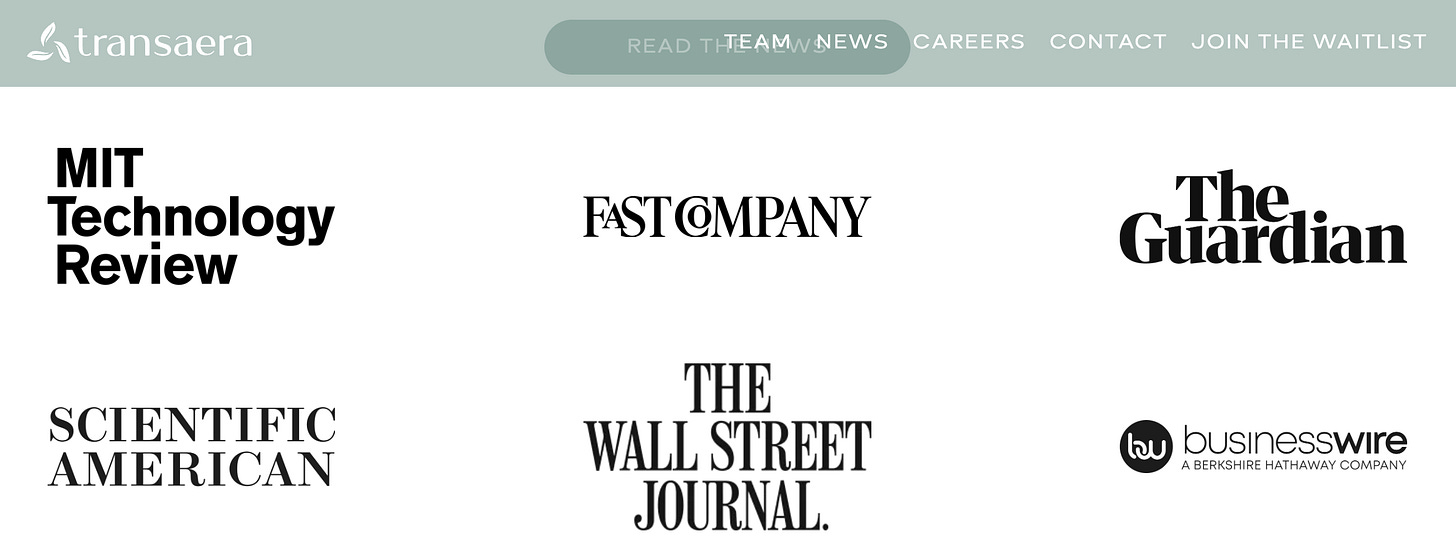Avoiding a $1 death. The case of air-cons, power-cuts and heatwaves.
State of HVAC in 2024: More heatwaves, more aircons. It's now a matter of survival. Welcome to one of the most profitable business of the 21st century: Heatwave Climate Adaptation.
The IPCC details that South-East Asia is among the regions hardest hit by climate change, and must prioritize climate adaptation. While heatwaves might be one of the most lethal risks for the region’s citizens, the HVAC market is skyrocketing and expected to grow from $18.7 billion in 2021 to $32.8 billion by 2030.
Summer of Love
In the summer of 2023, in Phoenix, Arizona, a middle-class 70-year-old woman miscalculated the payment of her electricity bill, paying $50 instead of $51, missing $1. Her electricity was cut off the same day by the power company’s late payment response, and unable to withstand the heat, a few hours later, she died.
In the Summer of 2019, in the Netherlands during a heatwave, more than 2900 elderly people died within only ONE WEEK. 93% of them were not equipped with aircon.
One of the misconceptions about heatwaves and death is that this is only an unsheltered or homeless person’s problem. In reality, heat is impacting all of us; not only Africa, not only Asia: all of us.
The climate predictions give us a 1/20 chance of hitting +3 degrees by 2050, at this rate not having a very strong and reliable is — literally — playing with fire. Would you board a plane if it has a 1/20 chance of crashing?
An adaptation of our buildings with HVAC systems seems to be a matter of life or death.
Heating, ventilation, and air conditioning (HVAC) systems are vital for buildings, but their energy use has major climate impacts.
The vicious heating cycle
In South East Asia & India, the top 20 cities are planning for 50 days of lethal heat waves per year.
According to the IEA, electricity consumption for ACs in ASEAN countries skyrocketed 7.5 times from 1990 to 2017 - more than South Korea's total household electricity use.
If current policies continue, cooling will account for nearly 20% of total electricity use and 30% of peak demand in the region by 2040, requiring an additional 200 GW of power capacity - equivalent to Germany's total (IEA).
The problem of the increasing energy demand for cooling is exacerbated by the “Vicious Cooling Cycle” as shown below.
Higher temperatures lead to more AC and refrigerators needed, and due to this more greenhouse gas emissions will be emitted due to the energy and HFCs needed in these systems, which leads to more climate change, and higher temperatures. And the cycle continues.
How do heatwaves kill you?
Heat doesn’t affect all of us the same, age, health and location are all factors that can play a big role. Here are the few factors involved in being killed by a heatwave:
Temperature illusion: Aka “mean radiant temperature”, all the radiations that hit your body from all sides and it’s the “heat load” that your body experiences. It is very different from what you get from a thermometer which would tell you the air temperature because it incorporates short wave radiation, which is essentially the direct sunlight. Example: While the temperature in Phoenix could be 40 degrees, the mean radiant (perceived temperature) is 56, which is what’s lethal.
Dehydration: During prolonged heat exposure, the human body can become dehydrated and lose its ability to sweat, which is how the body cools itself. As our body temperature rises, proteins and membranes around cells, especially in the brain begin to fail; Organs malfunction, and heart muscles begin to break down. And that can stress our body until it causes one or more organs to fail, leading to illness or even death.
Wet Bulb danger: High wet-bulb temperatures are dangerous because humans lose around 80% of heat through sweating, so when both humidity and air temperature are high it becomes harder to shed excess heat. Your body can’t sweat, your organs fail, you die.
Innovations needed in the HVAC space:
To get started, I found that pretty cool and thought just to add it in here…
The good news is the HVAC industry is innovating sustainable solutions powered by renewable energy and smart tech. Here are some of the most promising:
1. Energy Efficiency: Rising energy costs and environmental concerns are driving the adoption of high-efficiency HVAC systems. This includes:
Variable Speed Drives (VSDs): VSDs adjust fan speed based on cooling/heating needs, reducing energy consumption.
Inverter Technology: Inverters regulate compressor speed for precise temperature control and lower energy use.
Heat Recovery Ventilation (HRV): HRVs capture heat from exhaust air to preheat incoming fresh air, minimizing the energy needed for heating.
2. Smart HVAC Systems: Integrating HVAC with smart home technologies allows for:
Remote Control: Control temperature and monitor system performance from anywhere with a smartphone app.
Automated Scheduling: Systems can learn user preferences and adjust settings for optimal comfort and efficiency.
Zoning Systems: Create customized temperature zones within a building, reducing unnecessary energy use in unoccupied areas.
3. Renewable Energy Integration: Integrating renewable energy sources with HVAC systems is gaining traction:
Solar-powered HVAC: Rooftop solar panels can generate electricity to power air conditioners and heat pumps.
Geothermal Heat Pumps: These systems leverage the earth's constant temperature for highly efficient heating and cooling.
4. Indoor Air Quality (IAQ) Focus: There's a growing emphasis on improving indoor air quality especially given SEA countries’ rising air pollution issue:
Advanced Filtration Systems: These systems remove allergens, dust, and pollutants from the air, improving occupant health.
Air Purification Technologies: Technologies like ultraviolet germicidal irradiation (UVGI) can neutralize viruses and bacteria in the air.
In addition, governments all over the board are introducing regulations related to energy efficiency and sustainability in the built environment such as Thailand’s Building Energy Code and its associated regulations which include energy efficiency requirements for new buildings. Some South East Asian countries have also introduced financial incentives such as Malaysia which introduced The Green Building Index (GBI) program that provides tax breaks and rebates for buildings achieving high GBI ratings.
The opportunities for HVAC are exciting!
The HVAC (Heating, Ventilation, and Air Conditioning) market in Asia is experiencing explosive growth, fueled by factors like rising disposable income, urbanization, and scorching temperatures. This surge in demand presents a wealth of business opportunities for innovative startups in the region.
Ready to explore the landscape? This market map provides a visual representation of some exciting players and emerging trends in the HVAC startup ecosystem. Enjoy!
HVAC to make your home heatwave-proofs:
Energy-efficient air conditioners:
Probably one of the most media-covered early-stage startups I have seen lately, Transaera is a startup developing a new generation of ultra-efficient air conditioning systems for residential and industrial applications. Their technology targets both sustainability and affordability. Transaera utilizes a novel desiccant technology with a unique material that captures moisture from the air, allowing their air conditioners to cool more efficiently. The heat generated during this process is then reused to regenerate the desiccant material, minimizing wasted energy. They were also chosen as one of eight finalists in the Global Cooling Prize, an international competition focused on creating sustainable and affordable residential air conditioners. Transaera has closed a $4.3M seed round led by Energy Impact Partners, Carrier Ventures (VC arm of a leading HVAC company), Saint Gobain, and MassCEC.
High-efficiency, low-cost windowsill heat pump:
Gradient has designed a heat pump that easily slides over a windowsill, it doesn’t block light and currently uses a refrigerant called R32. This solution will help electrify residential buildings which have been a challenge to decarbonize. Gradient has recently raised $18 M in Series A funding.
Air-conditioners and innovative financing for emerging markets:
A very “cool'“ startup —which you should think to contact and quickly get on their cap table before they become a unicorn— Recoolit works to reduce the environmental impact of air conditioners by properly managing refrigerants, which are potent greenhouse gasses. Their goal is to promote sustainable cooling practices in Southeast Asia. Recoolit has developed a software platform that connects AC technicians, building owners, and manufacturers to ensure proper refrigerant disposal throughout an air conditioner's lifecycle. This includes training for technicians, equipment loans, and financial incentives for adopting sustainable practices. Recoolit has raised $3M in its most recent funding round.
To learn more on the topic:
Book recommendation: After Cooling Audiobook by Eric Dean Wilson | Official Publisher Page | Simon & Schuster (simonandschuster.com)
In this book, Eric Dean Wilson details the story of the refrigerant Freon which ripped a hole in the ozone layer. It is an interesting combination of climate science, air conditioning history, and philosophy.
Thanks for reading, subscribe for more.










